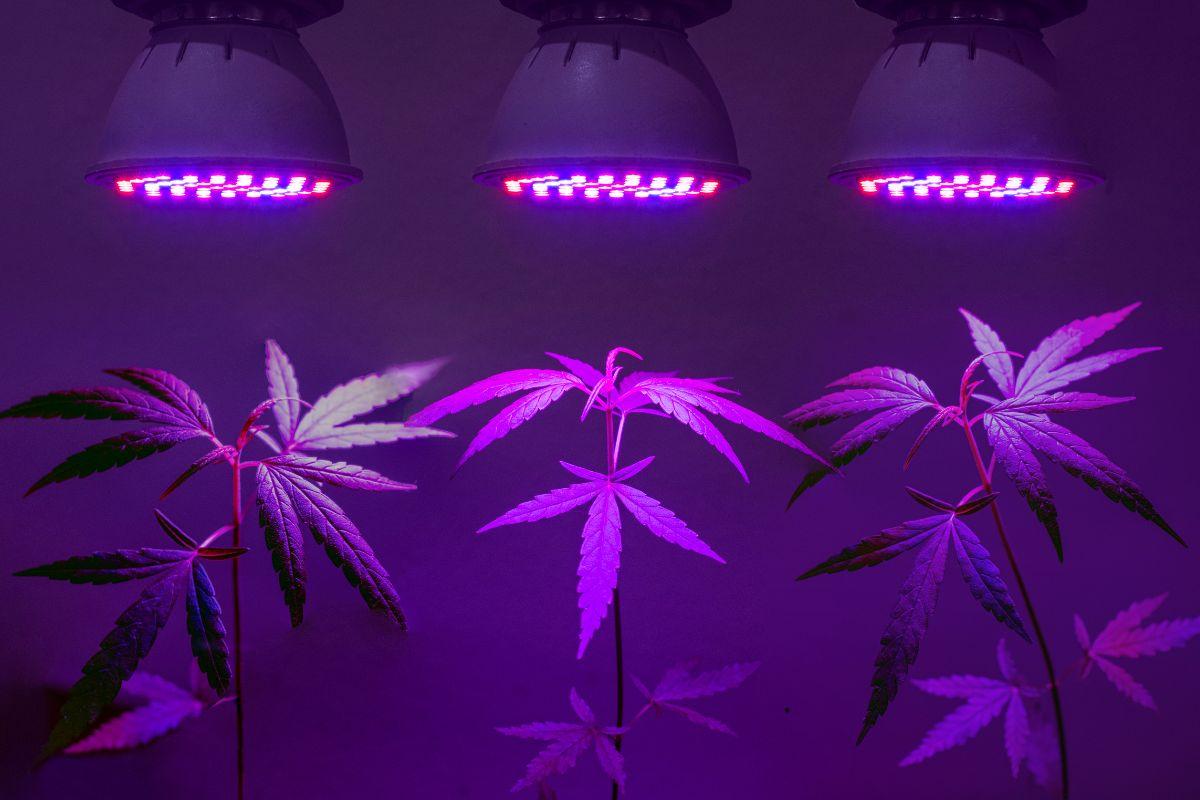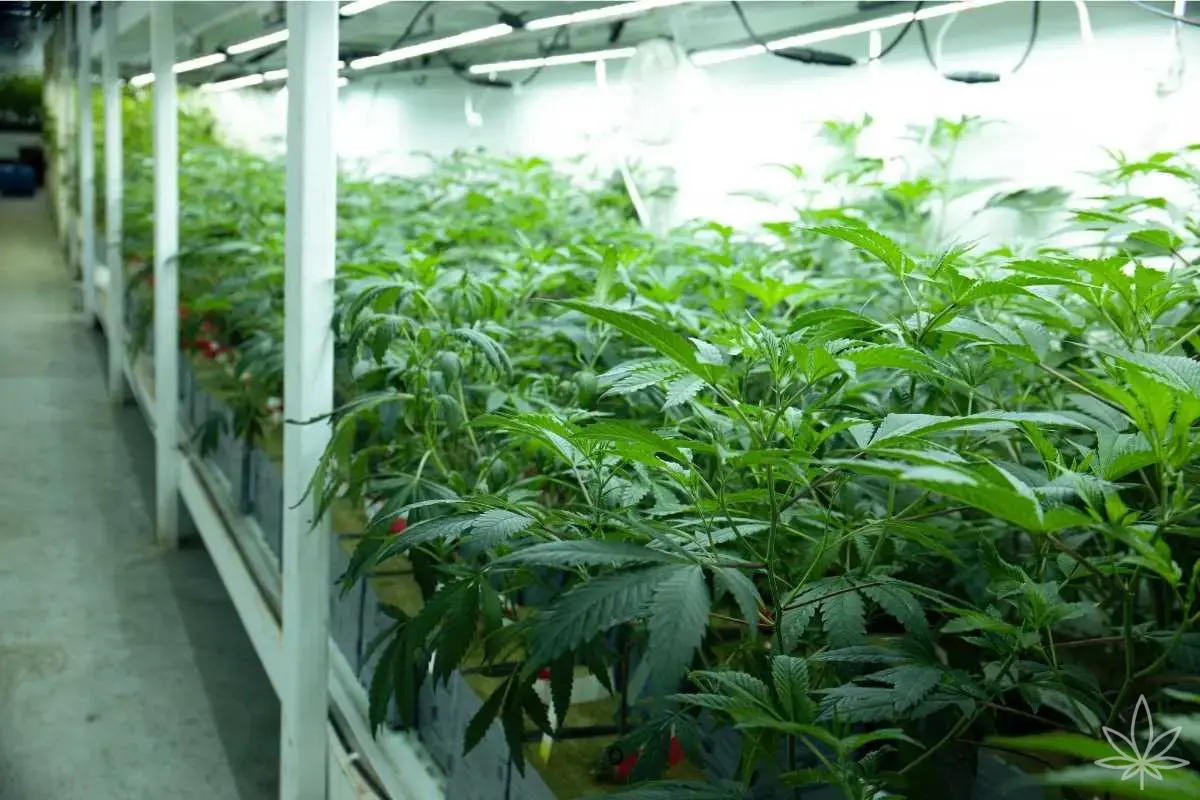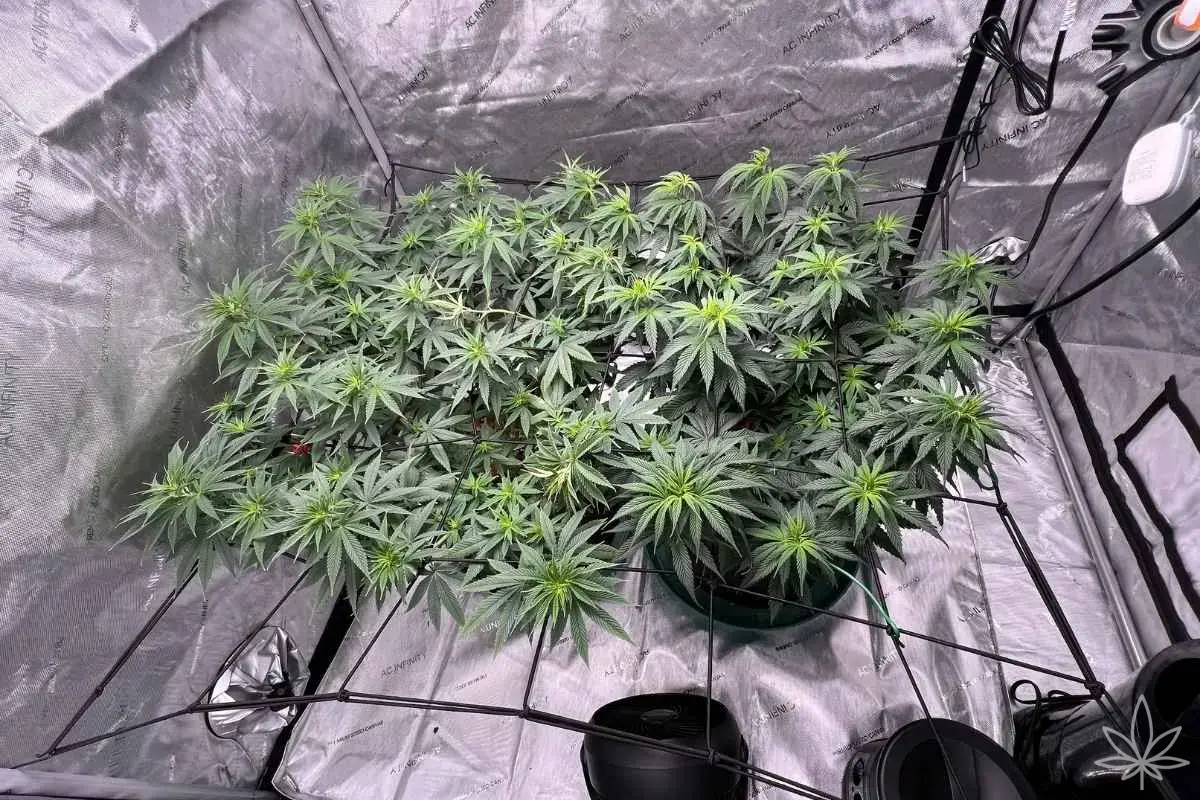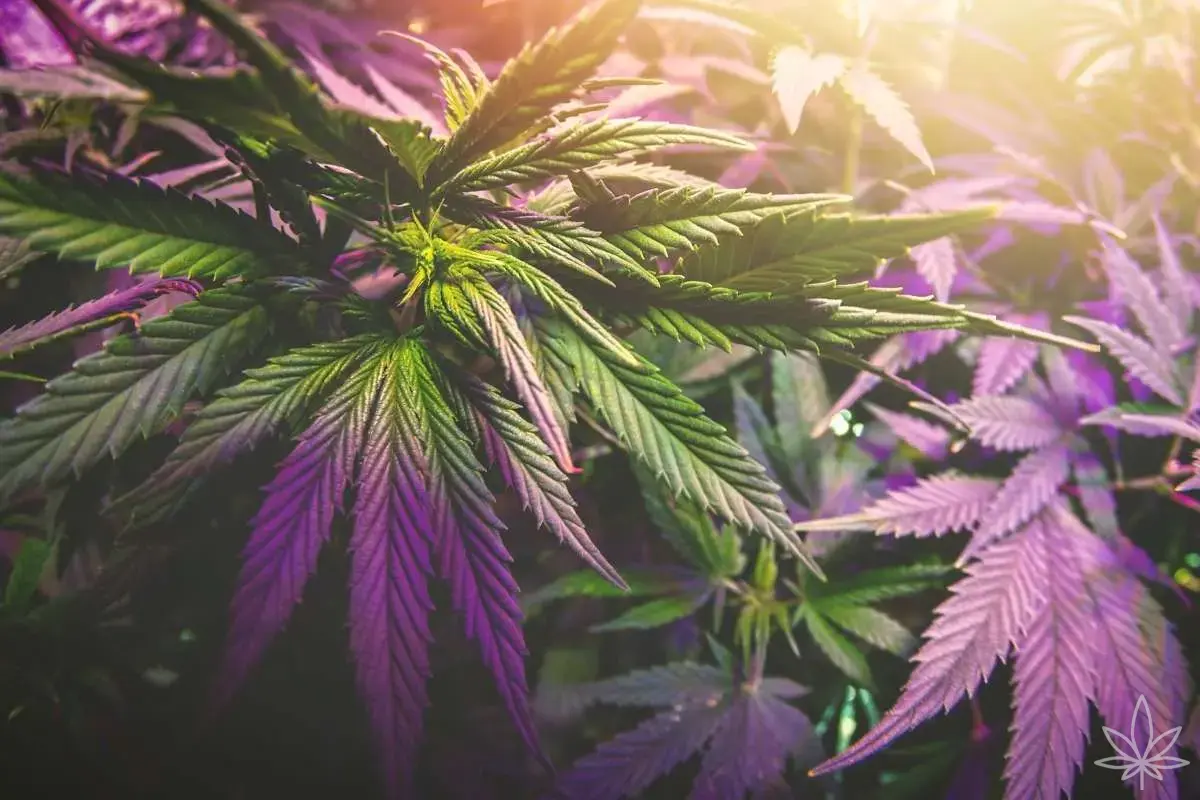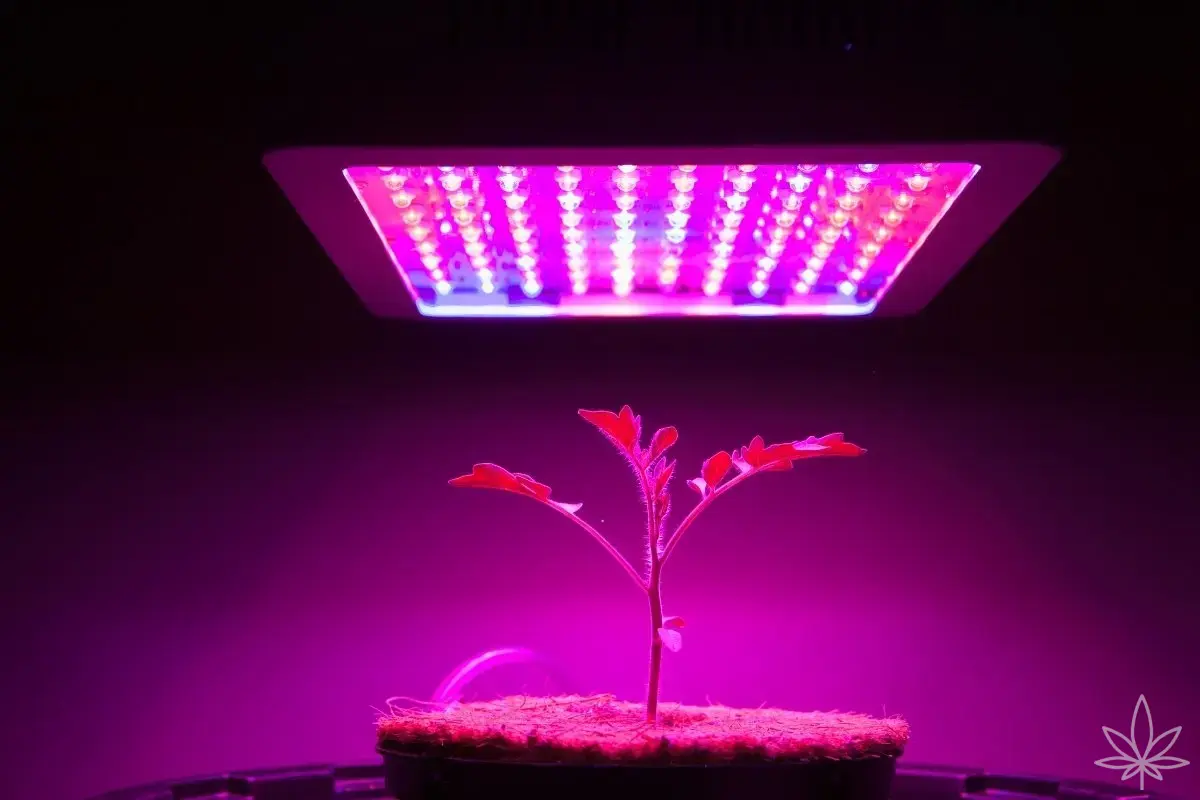Cannabis is a plant with high light requirements. Indoors, the light source replaces the sun, so it must be carefully selected. The amount and quality of light directly impact photosynthesis, and thus the growth rate, bud development, and cannabinoid production. The choice of lighting technology should take into account space size, budget, growing goals, and the grower’s experience.
HPS Lamps (High Pressure Sodium)
Description and operation:
HPS are high-pressure sodium lamps that emit warm, orange-red light. They are most commonly used during the flowering phase, as they support bud development.
Advantages:
- Proven technology, used for many years.
- Excellent results in the flowering stage.
- Relatively low purchase cost.
Disadvantages:
- High heat emission – good ventilation is necessary.
- High energy consumption.
- Shorter lifespan compared to LEDs.
Application:
Flowering stage. Recommended for medium and large grow boxes with efficient cooling.
MH Lamps (Metal Halide)
Description and operation:
MH lamps emit cool, bluish light that is ideal for the vegetative stage. They stimulate leaf growth and the strong development of the plant structure.
Advantages:
- Effective in the growth phase.
- Relatively inexpensive to purchase.
- Work well in combination with HPS (rotational use).
Disadvantages:
- High heat emission.
- Higher electricity usage.
- Fragile construction and shorter lifespan.
Application:
Vegetative phase. Often used together with HPS in alternating light cycles.
CFL Lamps (Compact Fluorescent Lamp)
Description and operation:
CFLs emit light in various spectrums — both warm and cool. They are popular among beginners due to their simplicity.
Advantages:
- Low operating temperature.
- Low energy consumption.
- Easy to install.
Disadvantages:
- Weak light penetration – only suitable for small plants.
- Limited effectiveness during flowering.
- Require close positioning to plants.
Application:
Vegetative phase, cloning, micro-grows. Ideal for small spaces and beginner growers.
LED Lamps (Light Emitting Diode)
Description and operation:
Modern LED systems offer a diverse light spectrum adapted to different growth stages. They are characterized by high energy efficiency and low heat emission.
Advantages:
- Low energy usage.
- Long lifespan (up to 50,000 hours).
- Minimal heat emission.
- Adjustable spectrum (Full Spectrum LEDs available).
Disadvantages:
- High upfront cost.
- Varying product quality on the market.
- May require precise setup.
Application:
Suitable for both vegetative and flowering stages. Perfect for any grow box size, especially where ventilation is limited.
Lamp Comparison – Summary Table
| Lamp type | Growth phase | Heat emission | Purchase cost | Efficiency | Lifespan |
|---|---|---|---|---|---|
| HPS | Flowering | High | Low | High | Medium |
| MH | Vegetative | High | Low | Good | Medium |
| CFL | Veg/clones | Low | Low | Low | Medium |
| LED | Universal | Low | High | Very high | Very long |
What to consider when choosing a grow light?
- Grow space size – the larger the grow box, the stronger the light source needed.
- Ventilation – HPS and MH lamps require effective cooling systems.
- Budget – LEDs are an investment but pay off over time.
- Plant growth stage – choose lamps with the appropriate spectrum.
- Safety – lamps should be mounted securely, with proper distance from plants.
Conclusion
Choosing the right lamps for indoor cannabis cultivation is key to the success of the entire process. Each lighting technology — LED, HPS, MH, or CFL — has its advantages and limitations that should be matched to the conditions of your home grow. Beginners may start with CFL or budget LEDs, while more advanced growers often combine MH and HPS or invest in professional LED panels. Understanding your plants’ needs and optimizing the growing environment are crucial for achieving healthy, potent yields.

